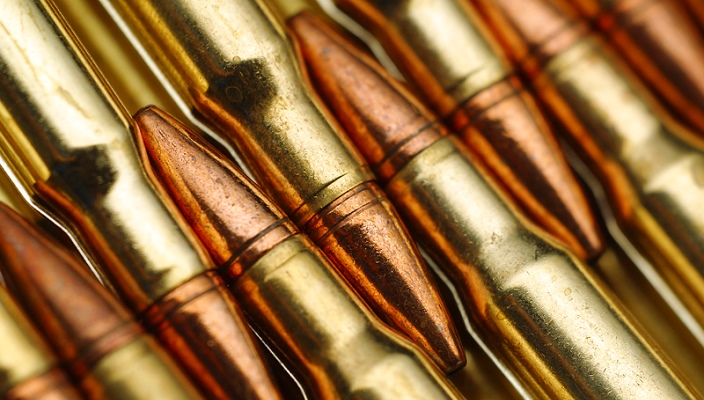
Invariably, as a frequent lecturer on the Holocaust, I am asked variations of the cliché, Why did Jews go like sheep to the slaughter? Behind this question is a blatantly false assumption that the opportunities to resist were present, but Jews simply failed to take advantage of them—in other words, the victims themselves were partly to blame for their own destruction.
One of the early proponents of this view was Bruno Bettelheim, a Jewish psychoanalyst from Vienna, who had been incarcerated in Dachau and Buchenwald before immigrating to the United States in 1939.
In his book, The Informed Heart: Autonomy in a Mass Age, Bettelheim wrote that Anne Frank, her family, and the Jews who had shared their hiding place in Amsterdam:
could have provided themselves with a gun or two, had they wished. They could have shot down at least one or two of the “green police” who came for them…. The loss of an SS with every Jew arrested would have noticeably hindered the functioning of the police state. The fate of the Franks would not have been any different because they all died anyway except for Anne’s father, (but)…they could have sold their lives dearly instead of walking to their death.
Clearly Bettelheim did not understand the insurmountable obstacles Jews faced under Nazi domination in the 1940s. Guns were unattainable. With very few exceptions Jews who sought to purchase weapons failed, and many who tried were murdered in the attempt.
In my view, the unprecedented oppression of the Jews led to equally unprecedented forms of resistance, such as gemilut chasadim, acts of kindness.
A true story: On September 23, 1943, the final day of the liquidation of the Vilna ghetto, the Jewish population was divided by age and sex; however, older men were thrown into a group composed of older women and women with children.
Dina Abramovicz, then a teenager, was watching from afar as her frail, elderly mother struggled with oversized bundles. Suddenly, the Nazis pushed a teacher she knew into the group of older women and children because he walked on crutches. Faced with having to climb a hill along with the crowd, the teacher looked around imploringly, as if asking for help.
Dina tells what happened next:
My mother put down all her bundles and took the arm of the man… and as they moved toward the steep hill together, their faces glowed with a sublime light – the light of compassion and humanity that overcame the horror of their destiny. This is the light in which I remember my mother, and which will not disappear from my memory as long as I live.
Another true story: Two young girls in Auschwitz became close friends. One of them developed a violent cough, and was moved to the Auschwitz medical ward, from which few returned alive. The healthy friend visited her every evening, putting herself at risk of illness or being confined to the medical ward. Occasionally she would bring her friend water or a little slice of bread.
One day after work, she noticed a raspberry bush next to the road and was filled with the desire to bring the fruit to her friend. Knowing that if the Germans found out, it would be confiscated, and she would likely be murdered, she nonetheless gently placed the fruit into her closed palm in a leaf and then rushed to her friend with the news that she had a surprise. The raspberries, however, clutched tightly in her hand, had become a paste. Nevertheless, when the sick young girl saw what was in her friend’s open palm, her face lit up with happiness. Such acts of spiritual resistance rekindle hope in humanity.
The charge that Jews were complicit in their own slaughter rings hollow when Jewish resistance is more broadly defined to include armed resistance, simple acts of kindness, ingenious survival strategies, and the commitment to retain one’s own humanity in the face of overwhelming evil.
Related Posts

Extraordinary Ordinary Heroes

Women of Valor: Revisiting Biblical Role Models

